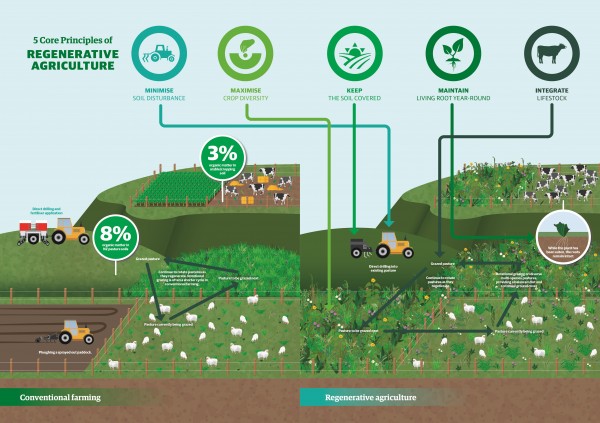Aug 20, 2021

The NZ farmed deer industry is renowned for its innovation and the quality and diversity of its products. Deer Industry New Zealand (DINZ) works with others to enhance this reputation and to promote the interests of all industry participants.
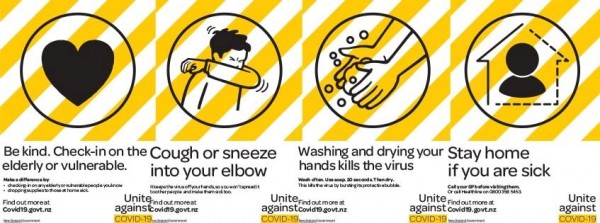
The spread of the delta strain of Covid-19 in the community is a real threat to the health of people throughout the country. We’re a nation of travellers. Some of us visit casinos. Many crowd together in pubs to watch the All Blacks. Fly south for skiing. Covid could literally pop up anywhere. Hence the lockdown.
Deer farming, along with animal welfare services and food processing, is deemed to be an Alert Level 4 service (formerly known as an ‘essential service’). This means farmers can keep on farming, subject to following government advice about doing business at Alert Level 4 and following Ministry of Health advice about managing the risk of Covid-19 at work.
WorkSafe says it’s important to:
- Listen to workers’ concerns about the risk to their own work health and safety created by the outbreak, and concerns they might have about infecting people in their bubble
- Engage with workers to identify and assess the new risks created by the outbreak, complete a risk assessment, and put appropriate controls in place
- Review and monitor the risks regularly to make sure the controls remain effective.
Because Covid-19 is a disease that can be caught in the workplace, employers must have formal protocols for dealing with that risk, just as they do for other disease risks like lepto. Most farms will have added them to their existing farm safety plans during the 2020 outbreak. You don’t have to present these plans to anyone for approval, but will be expected to produce them if requested by WorkSafe.
- Confirm people are okay to come to work (includes people employed on farm and those in supporting businesses).
- If you are sick, stay at home, get tested.
- Wear masks in all shared environments.
- Ensure physical distancing: At least 2 metres apart. Possible staggered smoko and lunch breaks.
- Wear gloves when opening and shutting gates and when using shared tools.
- Disinfect surfaces and maintain good personal hygiene, particularly hand hygiene and cough/sneeze etiquette.
- Minimise the size of work bubbles and personal bubbles.
- Keep records of visitors (and your visits outside your bubble) to support contact tracing if someone gets sick.
Under Level 4, all non-essential travel is banned. You stay in your bubble whenever possible. If, however, someone in the farm team needs to drive to town to pick up something essential, such as animal health supplies, make sure they have proper authorisation if they are stopped at a police road block.
DINZ has developed a travel authorisation template that should do the trick.
The Rau family of Puketia Station, Matawai, East Coast, have been stalwarts of deer farming since the industry’s earliest days. Today, the station is owned by Malcolm and Caroline Rau, who are just as enthusiastic about deer as Malcolm’s parents Laurence and Liz, who have now retired to Gisborne.
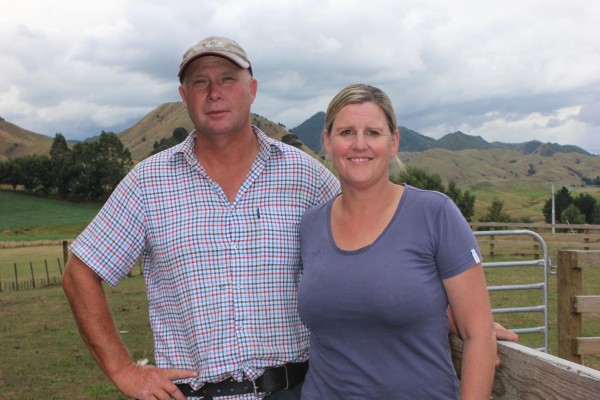
Malcolm and Caroline (pictured) have spent 20 years building up the largest deer herd in the Gisborne region, and last year won a Federated Farmers’ Farmer of the Year Award. This drew the attention of their bankers, ANZ, who have made them the subject of a business profile on the bank’s website.
Puketia Station is nestled in the misty foothills of Te Urewera, with an even split of sheep, beef and deer – a deliberate strategy which the Raus say has many benefits. In the profile, they talk about the benefits of stock diversity, what traits to look for in a deer, and how persistence is the key to their success.
For a heart-warming story about a great deer farming family, click here >>
Overseer, the farm nutrient management program, has been shown in a government review to be a less than accurate way to calculate nitrogen leaching. This confirms widely held concerns about the use of Overseer by regional councils for regulatory compliance in nitrogen sensitive catchments … a use the program wasn’t designed for.
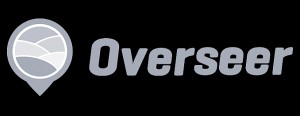 However, DINZ chief executive Innes Moffat says Overseer remains a highly useful tool for monitoring the impact of farming operations on the environment. “It’s great for monitoring your direction of travel for nutrient management – for showing trends over time. Also it generates an estimate of a farm’s greenhouse gas emissions. This means that if a farm is already using Overseer it doesn’t have to use another tool to do this.”
However, DINZ chief executive Innes Moffat says Overseer remains a highly useful tool for monitoring the impact of farming operations on the environment. “It’s great for monitoring your direction of travel for nutrient management – for showing trends over time. Also it generates an estimate of a farm’s greenhouse gas emissions. This means that if a farm is already using Overseer it doesn’t have to use another tool to do this.”
He says DINZ is pleased that the government will be providing funding for improvements to Overseer, as well as for the development of other tools farmers can use to measure and manage their environmental impacts.
 The long-serving DINZ producer manager will be retiring from his role later this year after nearly two decades working for the deer industry.
The long-serving DINZ producer manager will be retiring from his role later this year after nearly two decades working for the deer industry.
Since his appointment in 2002, Tony Pearse (pictured) has provided the essential glue between the NZ Deer Farmers’ Association and DINZ, ensuring that producer interests are effectively represented within DINZ and contributing to the unique bonds that bind the industry.
“He’s brought that rare blend – scientific rigour, practical farming experience, attention to detail, comprehensive industry knowledge, impressive communication skills, humour and a huge generosity of spirit – to the job,” says Deer Industry News editor Phil Stewart.
There will be an official farewell for Pearse later this year. DINZ is now recruiting a producer manager.
The Ministry for the Environment (MfE) has gone back to the drawing board, following an avalanche of farmer criticism, and has released more accurate maps of low-slope areas on livestock farms.
Under the proposed revisions for the Stock Exclusion Regulations, all beef cattle and deer must from 1 July 2025 be excluded from all waterways on land with an average slope of 5 degrees or less and must have addressed the need for stock exclusion through a certified freshwater farm plan in areas with an average slope of between 5 and 10 degrees. Low-slope areas are identified on maps that can be viewed here >>
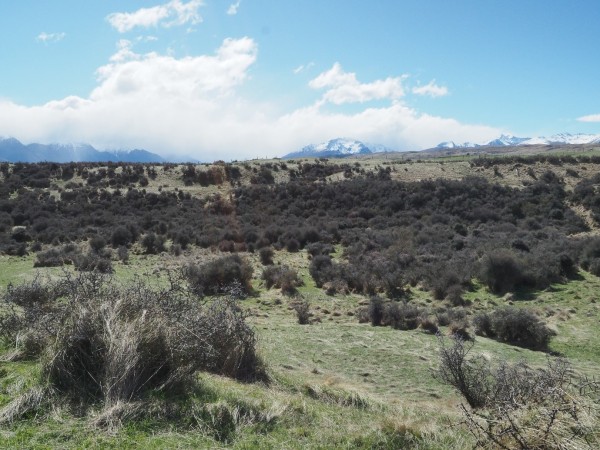
Braemar Station, Mt Cook: Glaciated high country terraces like these would have been captured by the initial low-slope maps
MfE says the earlier low-slope maps averaged slopes over large areas. As a result they included some steep land, failed to accurately capture some low slope land and unintentionally captured low intensity pastoral farming in the high country. The new maps are intended to address these concerns. In addition, the regulations will not apply to farmland that’s more than 500 metres above sea level, or areas in tall tussock or depleted grassland.
In areas that are not captured by the low-slope maps, farmers will still be required to have freshwater farm plans to demonstrate that they are protecting water quality. By 2023, farmers will be expected to integrate these plans into broader integrated farm plans that will go beyond freshwater and include areas such as animal welfare, biosecurity and greenhouse gas reduction. The government has allocated $37 million to develop and roll out these plans.
To view the consultation document for the proposed changes to the Stock Exclusion Regulations >>
DINZ environmental stewardship manager Lindsay Fung encourages deer farmers whose properties were unfairly captured by the maps released last year to look at the new maps and revised regulations and get back to him with any comments. “Please get back to me well before submissions close on 12 September, so I have plenty of time to make a submission on behalf of the industry. I also encourage affected farmers to make their own submissions about how the regulations will affect their farm – these real-life examples have a big impact on officials.”
Many deer farmers are still struggling with the aftermath of floods and droughts in Marlborough, Tasman, West Coast, Canterbury and Otago.
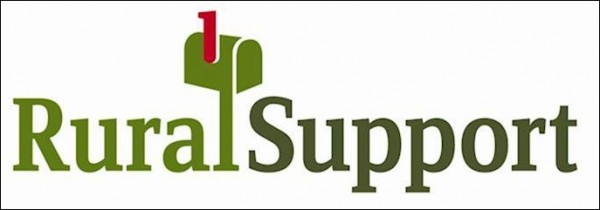
“The NZDFA and many deer farmers I have spoken are thankful to the Rural Support Trust (RST) for the support they are giving to affected farmers. The support their network provides to our people when they are under pressure is impressive. Asking for help and advice with your local RST unlocks access to Rural Assistance Payments, labour through Taskforce Green, temporary accommodation and counselling,” says DINZ producer manager Tony Pearse.
“Struggling alone, trying to repair damage, short of feed for stock, while under financial pressure can take a huge toll on a farmer and their family. When you share the load with the local Rural Support Trust, you connect with people who understand farming and what you are up against. Just talking to someone outside your farm who understands your circumstances can be a huge help.”
Ring 0800 RURAL HELP (0800 787 254) or www.rural-support.org.nz
The recent report of the International Panel on Climate Change painted a frightening picture of what lies ahead for a warming planet. As marketers of foods that are sold on their clean-green reputation, NZ primary producers need to be seen to be playing their part in the battle to reduce GHG emissions.
He Waka Eke Noa is a primary sector collaboration involving farmer and grower groups, iwi and the government. It’s asking all farmers and growers to calculate their GHG footprints and to have a management plan for how they will manage their emissions. The target is to have 25% knowing their GHG number and having a plan by the end of 2021. By the end of 2022 all farmers will be required to know their numbers.
Megan McCall of Abacus Bio has been contracted by DINZ to organise the training of facilitators to deliver ‘Know your number’ workshops to deer farmers later this year. “We’re basing all our work on the Beef+Lamb NZ calculator, which provides an overview of GHG emissions for your farm system. It’s easy, simple, free and provides for farmed deer.”
The workshops will be rolled out from mid-October and will initially be organised around existing Advance Parties and Deer Industry Environmental Groups. Later they will be rolled out in the regions according to demand.
She strongly encourages deer farmers to take part in the workshops, which will be advertised in deer industry media. “By knowing our numbers and having a plan we signal to the rest of New Zealand that we as farmers are willing to play our part in reducing GHG emissions. This gives us a strong platform for negotiating emission reduction rules that are fair to farmers and are effective. We will also have an emissions baseline and know where we are in the industry.”
The government has not decided what rules will apply to the measurement and reduction of GHG emissions from farming. Until they do, farmers just need to document their current emissions, how they are managing them now and consider how they might best reduce them in the future.
DINZ P2P manager Phil McKenzie says keep it simple at this stage. “For example, farmers might have as actions, ‘I will investigate any new tool or technique to reduce our farm’s GHG emissions’. Or, ‘I will grow my weaners as fast as I can, so they are processed earlier in the season’. Other examples could be – ‘optimise fertiliser use by targeted application’ or ‘use genetic selection over time to increase production from the same number of animals’ and ‘optimise pasture quality and production to better meet feed demand’.
“You need to show that you have looked at your numbers and understand what you could do to manage emissions. This is all about farmers thinking about the best ways to manage GHG emissions on their farms.”
Deep in the IPCC’s recent report is an important section on the measurement of the global warming potential (GWP) of short-lived gases, particularly methane. Until now, the NZ Climate Change Commission and the NZ Government have used a measure known as GWP 100 to do this.
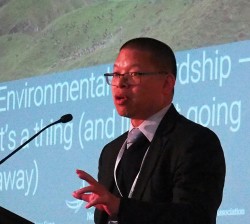 The IPCC report says GWP 100 overstates the impact of methane when emissions are not increasing (as is the case in New Zealand). Farmers still have to tackle methane emissions but, based on the findings of the report, the door is now open for the government to revise its targets for farmers so they are fair and achievable, says DINZ environmental stewardship manager Lindsay Fung (pictured).
The IPCC report says GWP 100 overstates the impact of methane when emissions are not increasing (as is the case in New Zealand). Farmers still have to tackle methane emissions but, based on the findings of the report, the door is now open for the government to revise its targets for farmers so they are fair and achievable, says DINZ environmental stewardship manager Lindsay Fung (pictured).
He says Greenpeace and others have criticised NZ’s methane reduction targets for farming (24-47 percent by 2050) as being unambitious, even there is no known technology for achieving them, short of a mass reduction in herd and flock sizes. In fact, these targets may be far tougher than those applying to C02 emissions.
“If they are not changed, it means farmers are effectively being asked to reverse previous warming, while fossil fuel emitters only need to get to ‘no additional warming’ by 2050. Going by the report, a 0.3% reduction per year in methane – an achievable target for farmers -- is equivalent to net zero for CO2,” Fung says.
Methane makes up around 40 percent of New Zealand’s annual emissions but, because these emissions have been falling since 2001, methane does not make up 40 percent of the country’s warming. That’s because unlike CO2, which remains in the atmosphere indefinitely, the warming effect of methane reduces over time. When methane emissions are falling, this actually has a cooling effect on the climate.
Fung says the IPCC report leaves the way open for NZ to replace the GWP 100 measure with an alternative accounting method, known as GWP*, as this better accounts for the different warming behaviours of short-lived gases like methane over time.
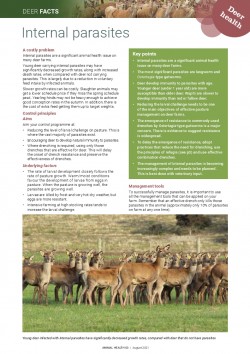 With the launch of Cervidae Oral deer drench on 1 September, farmers are being strongly encouraged to review their internal parasite control plans. A multi-pronged attack on parasites, with a major focus on pasture management, will delay the onset of parasite resistance and prolong the life of the drench.
With the launch of Cervidae Oral deer drench on 1 September, farmers are being strongly encouraged to review their internal parasite control plans. A multi-pronged attack on parasites, with a major focus on pasture management, will delay the onset of parasite resistance and prolong the life of the drench.
Cervidae Oral is expected to be available through all major farm supply companies and deer veterinary practices.
For the latest gen on the topic, read the updated ‘Internal parasites’ Deer Fact in the latest edition of Deer Industry News. Then, after discarding your existing copy, file it in the Deer health section in your Deer Fact ring binder. Also updated are the following items that need to be swapped out:
- Subject index
- Feeding hinds for maximum fawn growth
Deer Facts are produced by DINZ and funded by Passion2Profit, a primary growth partnership joint venture between DINZ and the Ministry for Primary Industries.
Silver Fern Farms plans to develop a regenerative farming standard for meat from some of its farms, according to an article in NZ Farmers Weekly. A regenerative claim will be added to the existing promises made in the SFF-branded product.
“Consumers are saying they like regenerative agriculture, what it stands for, that it is kind on the environment, leaves land in better condition and they see it as the future of farming,” SFF chief customer officer David Courtney says.
SFF has adopted eight principles for its standard: reducing a farm’s carbon footprint; improving soil health; improving plant and insect biodiversity; improving water quality; conserving and restoring natural water bodies; improving the health and productivity of farm eco-systems; having the highest standards of animal welfare; and ensuring farmers and rural communities are nurtured, developed and sustained.”
As part of the development of the standard, it is launching a pilot programme with a small number of suppliers to measure greenhouse gas emissions.
Courtney expects that 60% of existing farming practices will meet the proposed standards, with the remaining 40% requiring measurement and recording. He anticipates that complying with the pending Farm Assurance Programme-Plus (NZFAP-Plus) quality assurance standards will suffice for most suppliers. NZFAP-Plus is being launched on October 1.
To read more, click here >>
Recent news of an outbreak of adenovirus hemorrhagic disease (AHD) in California is a reminder of how fortunate NZ deer farmers are to be living in a relatively disease-free country. First identified in the state in 1994, following reports of widespread deaths among fawns, more recent AHD outbreaks have caused high mortality rates in adult deer as well as fawns.
Like chronic wasting disease, AHD is not present in New Zealand and has never been reported here. DINZ science and policy manager Emil Murphy says it can also be carried from place to place on infected gear, but the AHD virus is not nearly as resilient as CWD prions. This means the risk of AHD transmission from a deer in the US to a deer in NZ is very much less.
While Covid-19 has largely put an end to the biosecurity risks posed by international travel, Murphy says having a farm biosecurity policy is still important. International travel will one day return, along with the risks it poses. In the meantime there’s good reason to have measures in place to protect our herds from the diseases that are already in the country, including bovine TB, Johnes disease and leptospirosis.

